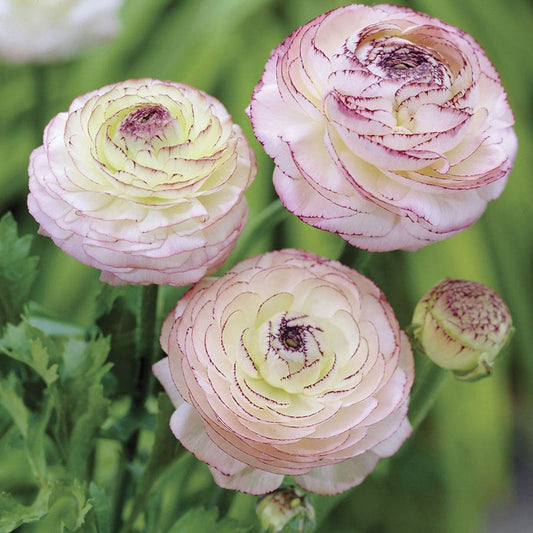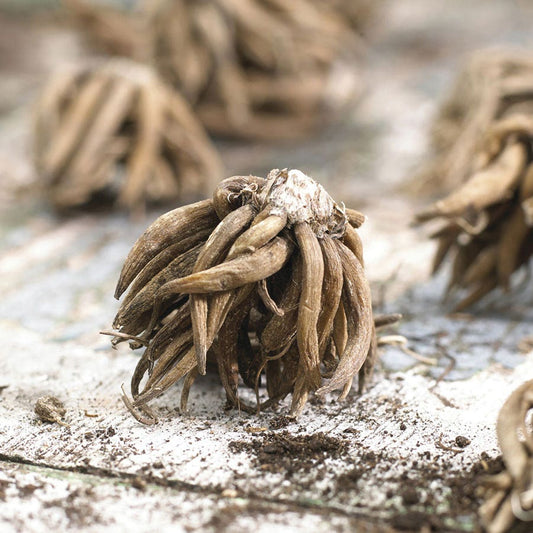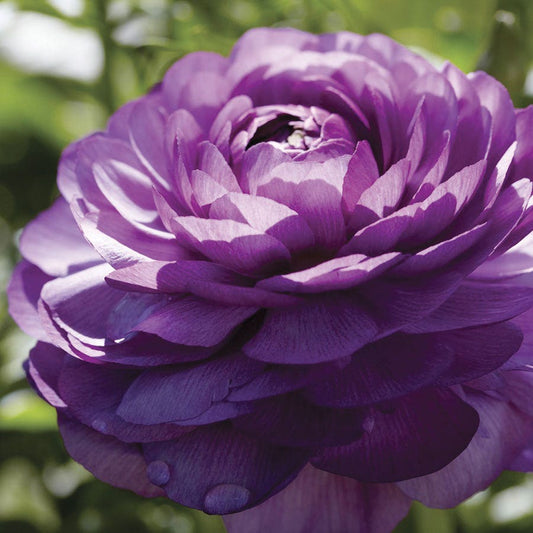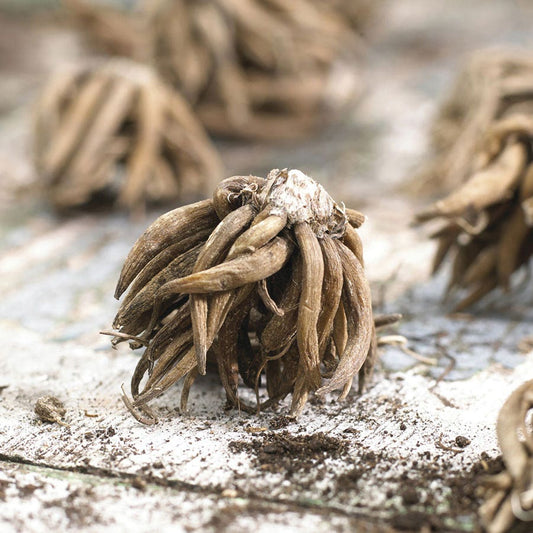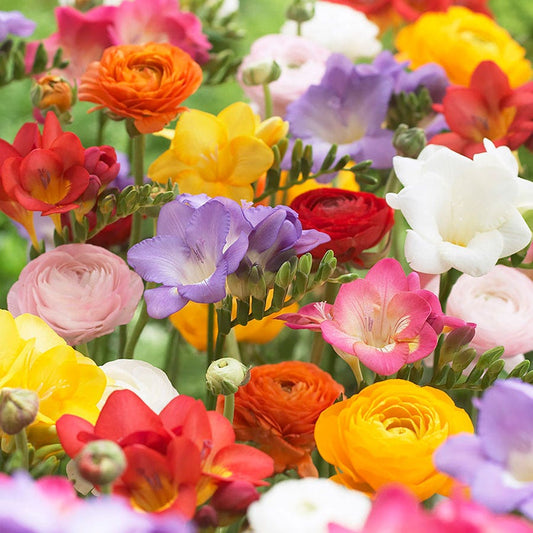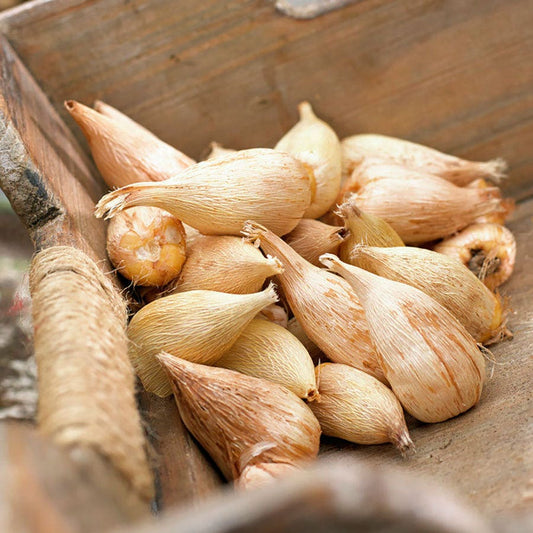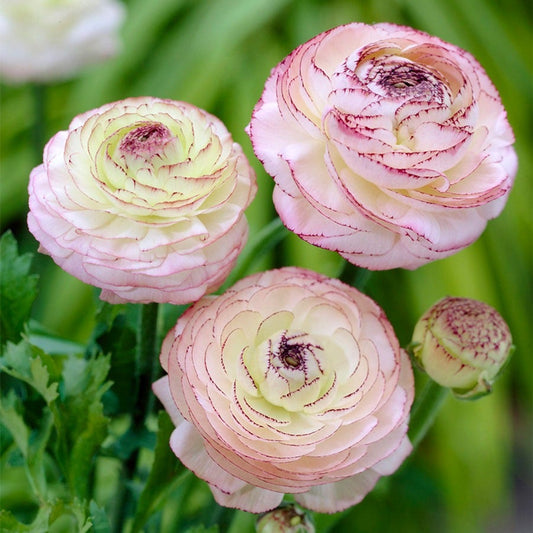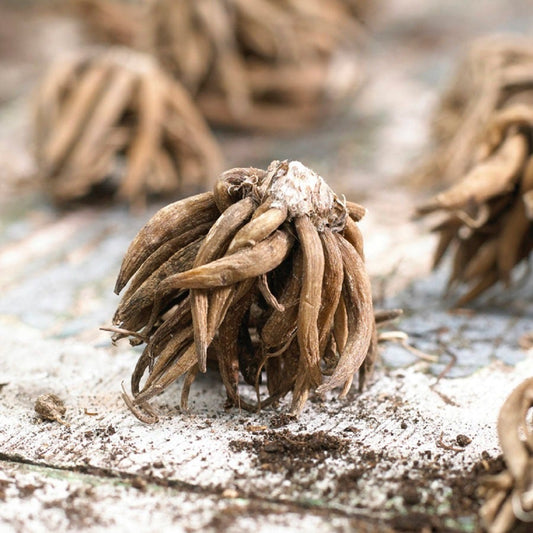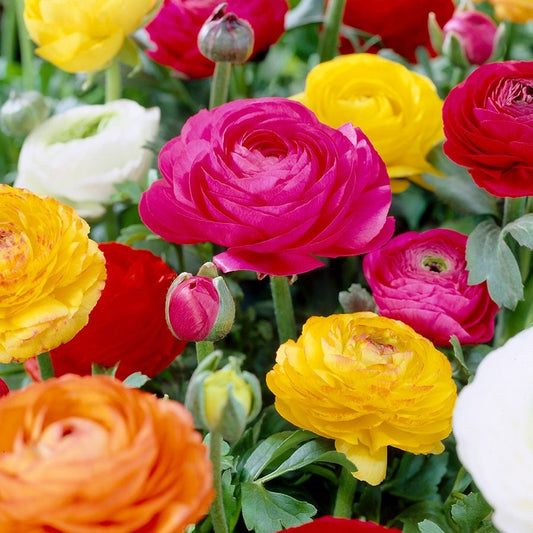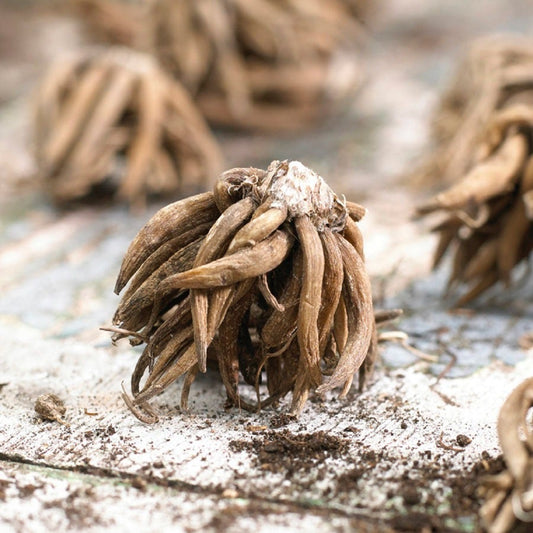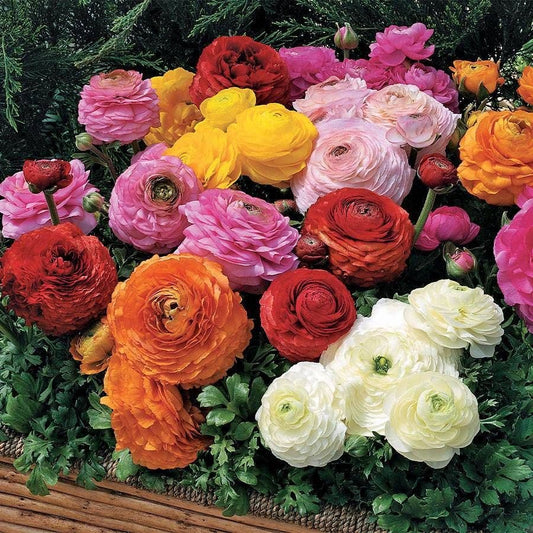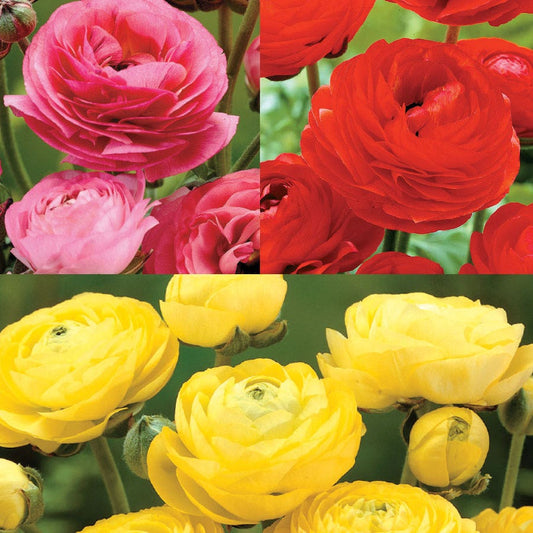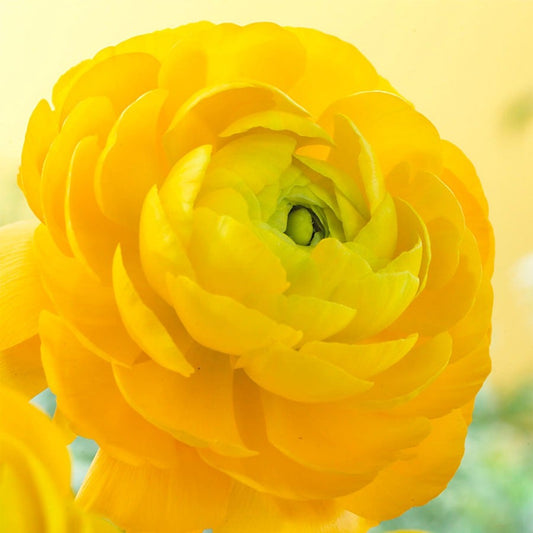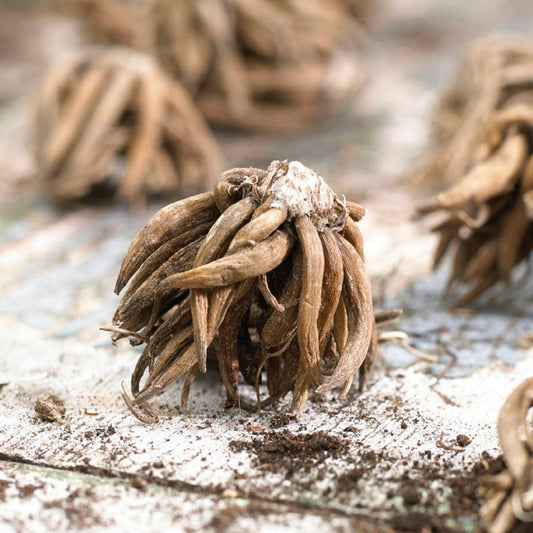Ranunculus / Buttercup
Ranunculus bulbs, often referred to as Persian Buttercups, are a gardener's dream, celebrated for their stunning, multi-petaled blooms that bring a burst of color and elegance to any garden.
-
Ranunculus Double Cappuccino Buttercup Bulbs
Regular price $31.95Regular priceUnit price per -
Ranunculus Double Purple Buttercup Bulbs
Regular price $31.95Regular priceUnit price per -
Freesia & Ranunculus Grand Blend Bulbs
Regular price $23.95Regular priceUnit price per -
Ranunculus Double Picotee Buttercup Bulbs
Regular price $22.95Regular priceUnit price per -
Ranunculus Double Blooming Mix Buttercup Bulbs
Regular price $25.95Regular priceUnit price per -
-
Ranunculus Double Yellow Buttercup Bulbs
Regular price $18.95Regular priceUnit price per
Ranunculus / Buttercup
The Ranunculus genus contains herbaceous annuals, biennials, and perennials, often grown as annuals, that bloom in late spring to early summer. R. asiaticus, commonly called buttercup or Persian buttercup, is the most cultivated species today and the most popular among gardeners and florists. The elegant, romantic, and heavily-petaled flowers are often compared to roses or peonies. They are borne singly or in loose clusters and range in size and shape, depending on cultivar, but they are typically large, shiny, and bowl shaped. The crepe-papery, pastel, or crayon-colored petals are shiny and shades of yellow, orange, red, pink, purple, cream, or white. Long lasting, long stalked, and lightly fragrant, buttercup blooms make excellent cuts for floral displays, but left in the garden they are pollinator friendly.
The Ranunculus genus comprises several hundred species. They are fibrous- or tuberous-rooted plants with a bushy habit of lush, finely cut leaves, often resembling parsley. Highly adaptable, buttercups grow naturally in a wide variety of environments, from low-lying wetlands to pastures to cold alpine mountains. But they are excellent garden or container plants, indoors or outdoors. R. repens (creeping buttercup, butter daisy) is another species grown in home gardens. It spreads by rooting stems and blooms in small, cupped flowers with 5 bright golden yellow petals. The pollen- and nectar-rich flowers are an excellent food source for bees, butterflies, and hummingbirds. Deer and rabbits tend to leave all buttercups alone.
